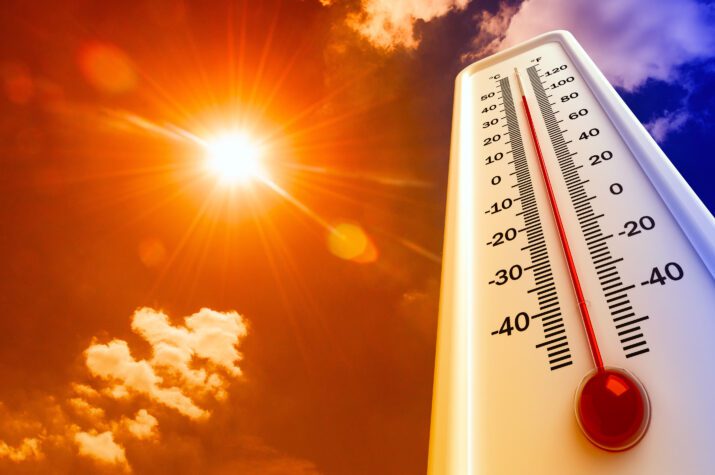Now that we are in the hottest season of the year, the Social Justice Discernment Group thought it important to focus on heat related illnesses, ways to stay safe, and disparities in exposure to heat stress.
The latter is especially prevalent in urban settings because of what is known as the urban heat island, wherein cities are much warmer than outlying areas because of the greater amount of radiation that buildings and pavement absorb and re-emit. The urban heat island effect has been found to be much greater in low-income and minority neighborhoods, due in part to historic factors like the residential segregation brought about by red-lining and a lack of investment in vegetative cover. The problem is exacerbated by the inability of those with low incomes to afford higher energy bills from cooling their homes, which also tend to be less energy-efficient.
The City of Philadelphia has compiled extensive resources aimed at providing information on such topics as how to avoid heat stress, signs of heat stress, and where to find cooling places. The last link addresses who is at risk and provides a link to The Philadelphia Heat Vulnerability Index that shows which areas in the city are hottest and coolest during the summer, among other things.
As a preview, some of the hottest neighborhoods in Philadelphia are:
- Cobbs Creek
- Point Breeze
- Strawberry Mansion
- Hunting Park
Resources:
- Landing page, extreme heat guide: https://www.phila.gov/guides/extreme-heat-guide/
- Resources page: https://www.phila.gov/guides/extreme-heat-guide/resources/
- Fact sheets for populations more at-risk: https://www.phila.gov/media/20230519155828/heat-fact-sheet-2022.pdf
- Utility assistance, in different languages: https://www.phila.gov/documents/utility-assistance-resources-flyer/
- Heat health brochure: https://www.phila.gov/documents/heat-health-brochure/
- Extreme heat guide, who’s at risk – great for recognizing higher risk and disparities: https://www.phila.gov/guides/extreme-heat-guide/whos-at-risk/
In a heat health emergency, you can call the Heatline at (215) 765-9040 for advice on staying cool and information on emergency services. For medical emergencies, call 911 immediately.
If you haven’t already, sign up for Ready Philadelphia to get text and email notifications about heat and other emergencies: https://www.phila.gov/programs/ready-philadelphia/

